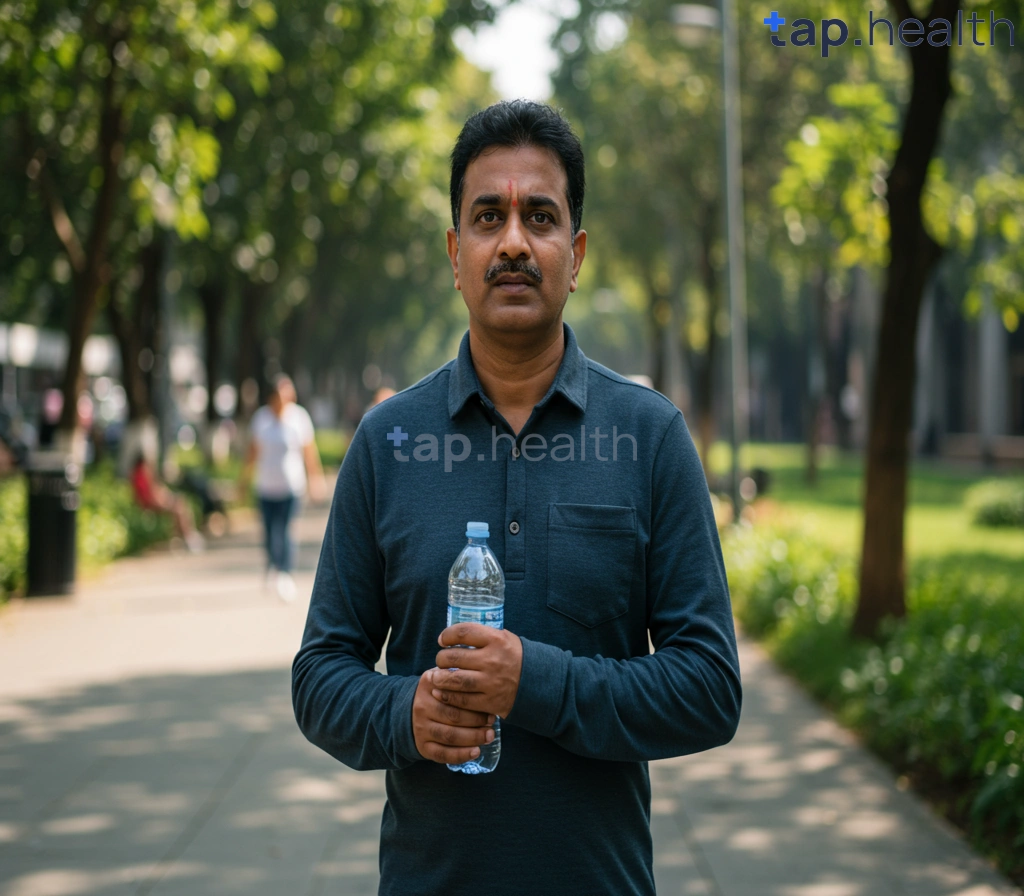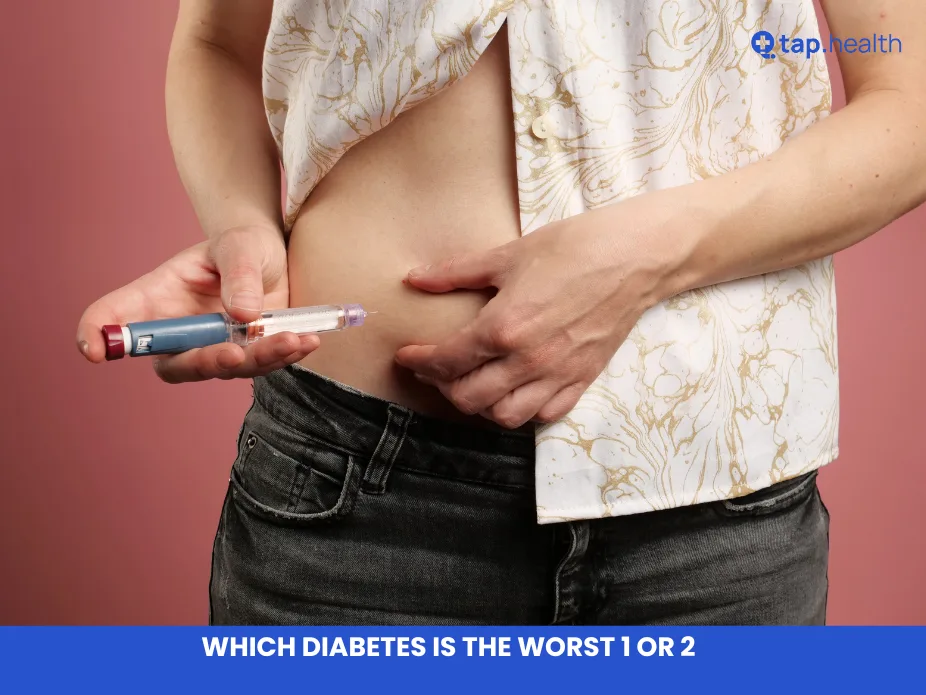Table of Contents
- Recognizing Diabetes Symptoms: Early Detection Matters
- Understanding Diabetes: A Comprehensive Guide to Symptoms
- Type 1 vs. Type 2 Diabetes: Identifying Key Symptoms
- Common Diabetes Symptoms: What You Should Know
- Is It Diabetes? Spotting the Telltale Signs
- Frequently Asked Questions
- References
Living with diabetes, or even just worrying about the possibility, can be incredibly stressful. Feeling overwhelmed by conflicting information online is common, but accurate knowledge is key to managing your health. That’s why we created this guide: Understanding Diabetes Symptoms: A Quick Guide to Accurate Information. We’ll cut through the confusion and provide you with clear, concise information on recognizing the telltale signs of both type 1 and type 2 diabetes. Learning to identify these symptoms early can make all the difference in managing your health and well-being. Let’s get started!
Recognizing Diabetes Symptoms: Early Detection Matters
Understanding the Silent Threat
Diabetes, a chronic condition affecting millions globally, often goes undetected. A staggering 50% of diabetes cases worldwide remain undiagnosed, according to the IDF Diabetes Atlas. This alarming statistic highlights the crucial need for early detection, especially in high-risk regions like India and other tropical countries. Early diagnosis significantly improves management and reduces the risk of serious complications.
Common Symptoms in Tropical Climates
Recognizing the symptoms of diabetes is the first step towards effective management. While common symptoms such as increased thirst (polydipsia), frequent urination (polyuria), and unexplained weight loss are universal, some manifestations may be more pronounced in hot and humid climates. Increased fatigue, often misinterpreted as heat exhaustion, can be a significant indicator. Similarly, recurring skin infections, particularly fungal infections common in tropical environments, might be overlooked. Pay close attention to unusual changes in vision, slow-healing wounds, or numbness in the extremities. These could be subtle yet critical clues. For more information on early signs, check out 10 Early Signs and Symptoms of Diabetes? – Tap Health.
Taking Action: Seeking Professional Help
If you experience any of these symptoms, especially if you have a family history of diabetes or fall within a high-risk group, seeking medical advice is paramount. Don’t delay; early diagnosis can significantly impact your long-term health. In India and other tropical countries, access to healthcare varies. Proactive steps, such as regular check-ups and blood sugar tests, are crucial for early detection and effective diabetes management. Don’t hesitate to consult a doctor, particularly if you are experiencing persistent symptoms. Your health is your greatest asset. Understanding the challenges of managing diabetes as you age is also important; learn more by reading Managing Diabetes as You Age: Challenges and Solutions.
Understanding Diabetes: A Comprehensive Guide to Symptoms
Recognizing the Signs
Diabetes, a prevalent condition globally, significantly impacts populations in India and other tropical countries. A staggering 61% of those with diabetes are aged between 20-64 years, highlighting the importance of early detection amongst working-age adults. Data from the International Diabetes Federation underscores this concern. Recognizing the symptoms is crucial for timely intervention and management. Common signs include frequent urination, especially at night, excessive thirst, unexplained weight loss, increased hunger, and fatigue. In some cases, blurred vision or slow-healing sores may also occur. These symptoms can vary in intensity and presentation, making early diagnosis challenging.
Type 1 vs. Type 2: Understanding the Differences
It’s vital to understand that diabetes presents differently depending on the type. Type 1 diabetes, often diagnosed in younger individuals, is characterized by the body’s inability to produce insulin. Type 2 diabetes, more common in adults, particularly those aged 65+, involves insulin resistance. Symptoms may be less pronounced initially in Type 2, often leading to delayed diagnosis. Early detection is critical for managing both types effectively. For practical tips on managing your diabetes, check out our guide: 10 Proven Tips to Effectively Manage Diabetes | Simple Guide.
Seeking Help and Prevention
If you experience any of these symptoms, especially if you are in the 20-64 age group prevalent among those with the condition, or you have a family history of diabetes, consult a healthcare professional immediately. Regular health checkups, including blood sugar tests, are essential, particularly for individuals in high-risk groups. Maintaining a healthy lifestyle through balanced nutrition, regular exercise, and stress management can significantly reduce the risk of developing diabetes, especially in tropical regions where dietary habits and lifestyle factors play a significant role. Taking proactive steps is crucial for preventing and managing this prevalent condition. If you’re planning to travel, be sure to read our advice on Traveling with Diabetes: Essential Tips for a Safe & Healthy Journey.
Type 1 vs. Type 2 Diabetes: Identifying Key Symptoms
Understanding the Differences
Diabetes affects millions globally, and understanding its symptoms is crucial for early diagnosis and management. In India and tropical countries, the prevalence of type 2 diabetes is rising, but type 1 diabetes also significantly impacts the population. Approximately 2 million Americans live with type 1 diabetes, a stark reminder of its global reach. While both types share some symptoms, key distinctions exist. For a deeper dive into the causes of each type, you might find our article on Difference between Type 1 and Type 2 Diabetes: Symptoms and Causes – Tap Health helpful.
Type 1 Diabetes Symptoms
Type 1 diabetes, often diagnosed in childhood or adolescence (including about 304,000 children and adolescents in the US alone), is characterized by rapid onset symptoms. These frequently include unexplained weight loss, excessive thirst (polydipsia), frequent urination (polyuria), and extreme hunger (polyphagia). Individuals may also experience blurred vision and fatigue.
Type 2 Diabetes Symptoms
Type 2 diabetes usually develops more gradually, often with subtle initial symptoms. Common signs include increased thirst and urination, though often less pronounced than in type 1. Unexplained weight loss or gain, frequent infections, slow-healing sores, and numbness or tingling in the extremities are also possible indicators. Many individuals with type 2 diabetes are initially asymptomatic. If you’re wondering which type is considered “worse,” read our comparison piece: Which Diabetes Is Worse: Type 1 or Type 2? Key Comparisons.
Seeking Timely Medical Attention in India and Tropical Countries
Given the increasing prevalence of diabetes in India and tropical regions, it’s vital to be aware of these symptoms. If you experience any of these signs, especially if they persist, seek immediate medical attention. Early detection and management significantly improve long-term health outcomes. Consult your doctor for a proper diagnosis and personalized treatment plan tailored to your specific needs and regional context.
Common Diabetes Symptoms: What You Should Know
Diabetes, a growing global health concern, affects millions worldwide. The International Diabetes Federation projects a significant increase in cases, from 536.6 million in 2021 to a staggering 783.7 million by 2045, with prevalence rising from 9.8% to 11.2% during this period. This alarming statistic underscores the importance of understanding diabetes symptoms, especially in regions like India and other tropical countries where the disease is prevalent.
Recognizing the Warning Signs
Early detection is crucial for effective diabetes management. Common symptoms can vary, but some key indicators include frequent urination, especially at night (polyuria), increased thirst (polydipsia), and unexplained weight loss. Individuals may also experience increased hunger (polyphagia), despite eating regularly. Furthermore, blurred vision and slow-healing sores or cuts can be significant warning signs. In some cases, fatigue and numbness or tingling in the extremities may also occur. Managing diabetes effectively requires careful attention to detail, and it’s easy to make mistakes. Learn more about 5 Common Mistakes People Make in Managing Diabetes to avoid common pitfalls.
Symptoms Specific to Tropical Climates
In hotter, more humid climates, individuals might experience more severe dehydration due to increased sweating. This can exacerbate existing diabetic symptoms, making thirst and frequent urination more pronounced. It’s crucial for individuals living in these regions to stay especially vigilant about hydration. To help you effectively manage your diabetes, check out these 10 Proven Tips for Effective Diabetes Management.
Seeking Professional Advice
If you experience any of these symptoms, it’s essential to consult a healthcare professional immediately. Early diagnosis and management are vital to preventing long-term complications associated with diabetes. Don’t hesitate to seek medical advice – your health is paramount. Regular check-ups, particularly for those with a family history of diabetes or other risk factors, are strongly recommended. Remember, early intervention can significantly improve your quality of life.
Is It Diabetes? Spotting the Telltale Signs
Diabetes is a chronic health condition that has reached alarming proportions worldwide. According to the World Health Organization (WHO), the number of people living with diabetes has increased from 200 million in 1990 to over 830 million in 2022. This rapid rise highlights the urgent need for awareness, particularly in India and other tropical countries, where prevalence rates are among the highest. Recognizing early warning signs is critical for timely diagnosis, management, and prevention of serious complications.
Frequent Urination and Excessive Thirst
One of the earliest and most common symptoms is:
-
Polyuria (frequent urination) – The body attempts to flush out excess sugar through urine.
-
Polydipsia (excessive thirst) – Frequent urination leads to dehydration, triggering persistent thirst.
If you find yourself making multiple trips to the bathroom, especially at night, and constantly feeling thirsty, it’s time to speak with a healthcare professional.
Unexplained Weight Loss
Sudden, unexplained weight loss is another red flag.
-
In type 1 diabetes, the body cannot use glucose properly, so it starts breaking down fat and muscle for energy.
-
In type 2 diabetes, this symptom may be less pronounced but is still important.
If you notice weight loss without changes in diet or exercise, don’t ignore it.
Constant Hunger and Fatigue
Diabetes can leave you feeling:
-
Polyphagia (increased hunger) – Your cells aren’t absorbing glucose, so your body signals you to eat more.
-
Persistent fatigue – Despite eating, energy isn’t reaching your cells effectively.
This combination of tiredness and hunger can severely impact daily routines. Many people also ask: “Does diabetes make you tired?” The answer is often yes, and it should not be overlooked.
Blurry Vision and Slow-Healing Wounds
High blood sugar affects multiple systems in the body:
-
Blurry vision occurs when glucose fluctuations change the shape of the lens in your eye.
-
Slow-healing wounds and recurring infections happen due to impaired immune function and poor circulation.
Another lesser-known symptom is drowsiness after meals, which can sometimes point to diabetes. (For more on this, see: Is feeling sleepy after eating a sign of diabetes?).
Why Early Detection Matters
Experiencing several of these symptoms together should be treated as a warning sign. Don’t delay consulting a doctor. With timely diagnosis, you can:
-
Start treatment early
-
Prevent or delay serious complications
-
Improve overall health outcomes
Whether you’re in India, tropical regions, or anywhere in the world, prioritizing early screening and proper management can make a significant difference in living a healthier, more balanced life.
Frequently Asked Questions on Understanding Diabetes Symptoms: A Quick Guide to Accurate Information
Q1. What are the common symptoms of diabetes?
Common symptoms include increased thirst and urination, unexplained weight loss, increased hunger, fatigue, blurred vision, and slow-healing wounds. In tropical climates, fatigue may be mistaken for heat exhaustion, and recurring skin infections are more prevalent.
Q2. How is type 1 diabetes different from type 2 diabetes?
Type 1 diabetes, often diagnosed in childhood or adolescence, has a rapid onset with significant weight loss. Type 2 diabetes develops gradually with potentially subtle initial symptoms.
Q3. Why is early detection of diabetes so important?
Early detection is crucial for effective management and preventing serious complications. Early diagnosis allows for timely intervention and personalized treatment plans to control blood sugar levels and minimize long-term health risks.
Q4. Who should seek medical attention for potential diabetes?
Individuals experiencing symptoms such as increased thirst, frequent urination, unexplained weight loss, or fatigue, especially those with a family history of diabetes or residing in high-risk regions (like India and tropical countries), should seek immediate medical attention.
Q5. What steps can I take to proactively manage diabetes or reduce my risk?
Regular check-ups and blood sugar tests are essential for proactive management. Maintaining a healthy lifestyle, including balanced diet and regular exercise, can also significantly reduce the risk of developing diabetes.
References
- A Practical Guide to Integrated Type 2 Diabetes Care: https://www.hse.ie/eng/services/list/2/primarycare/east-coast-diabetes-service/management-of-type-2-diabetes/diabetes-and-pregnancy/icgp-guide-to-integrated-type-2.pdf
- Your Guide to Diabetes: Type 1 and Type 2: https://www.niddk.nih.gov/-/media/Files/Diabetes/YourGuide2Diabetes_508.pdf



